Crappie Fishing Tips and Techniques: Catch More Crappie with These Proven Fishing Tips
Table of Contents
Understanding Crappie Behavior
Top Crappie Fishing Tips
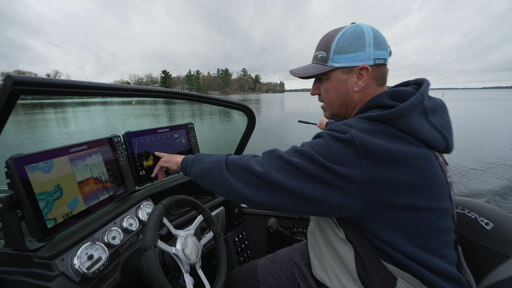
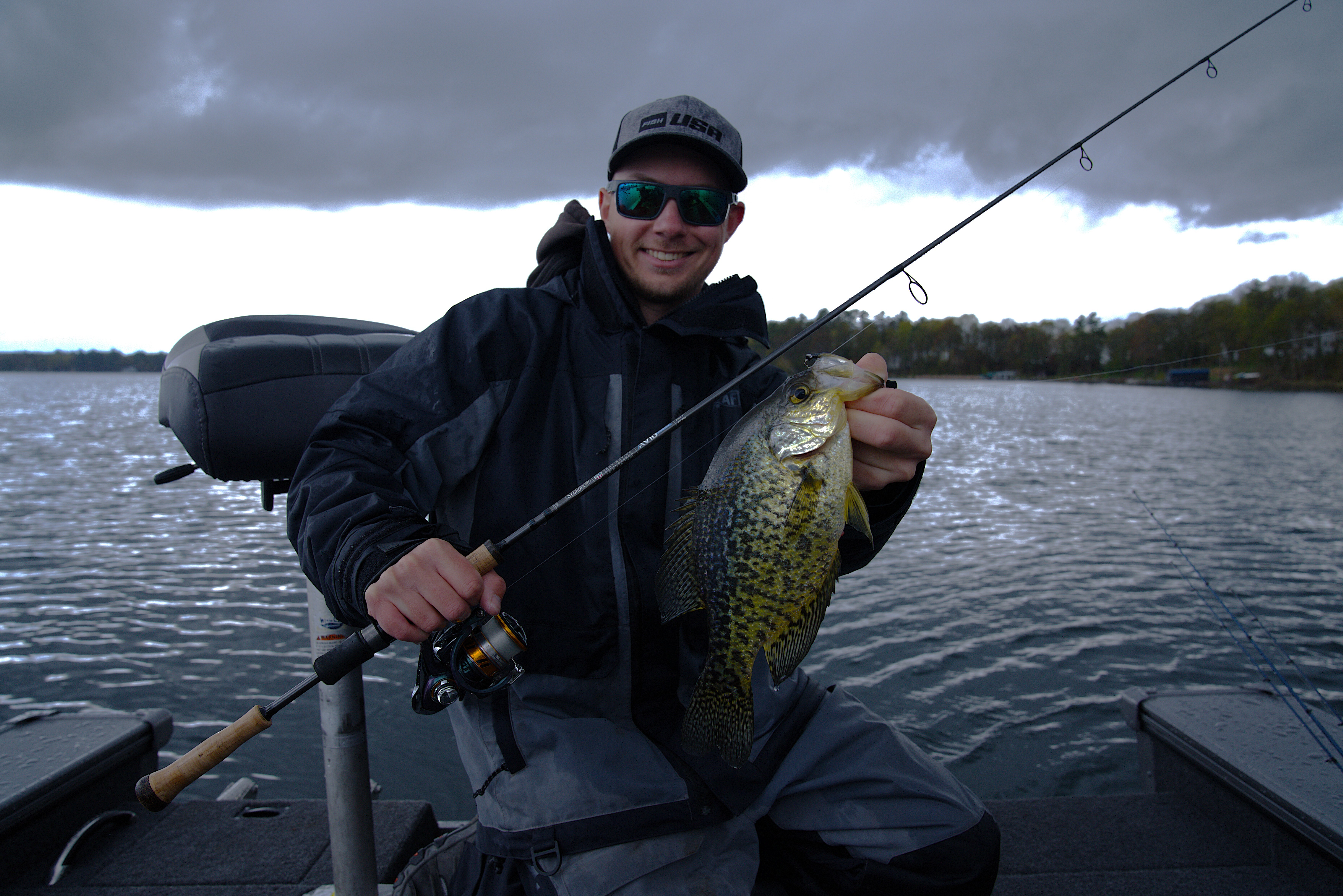
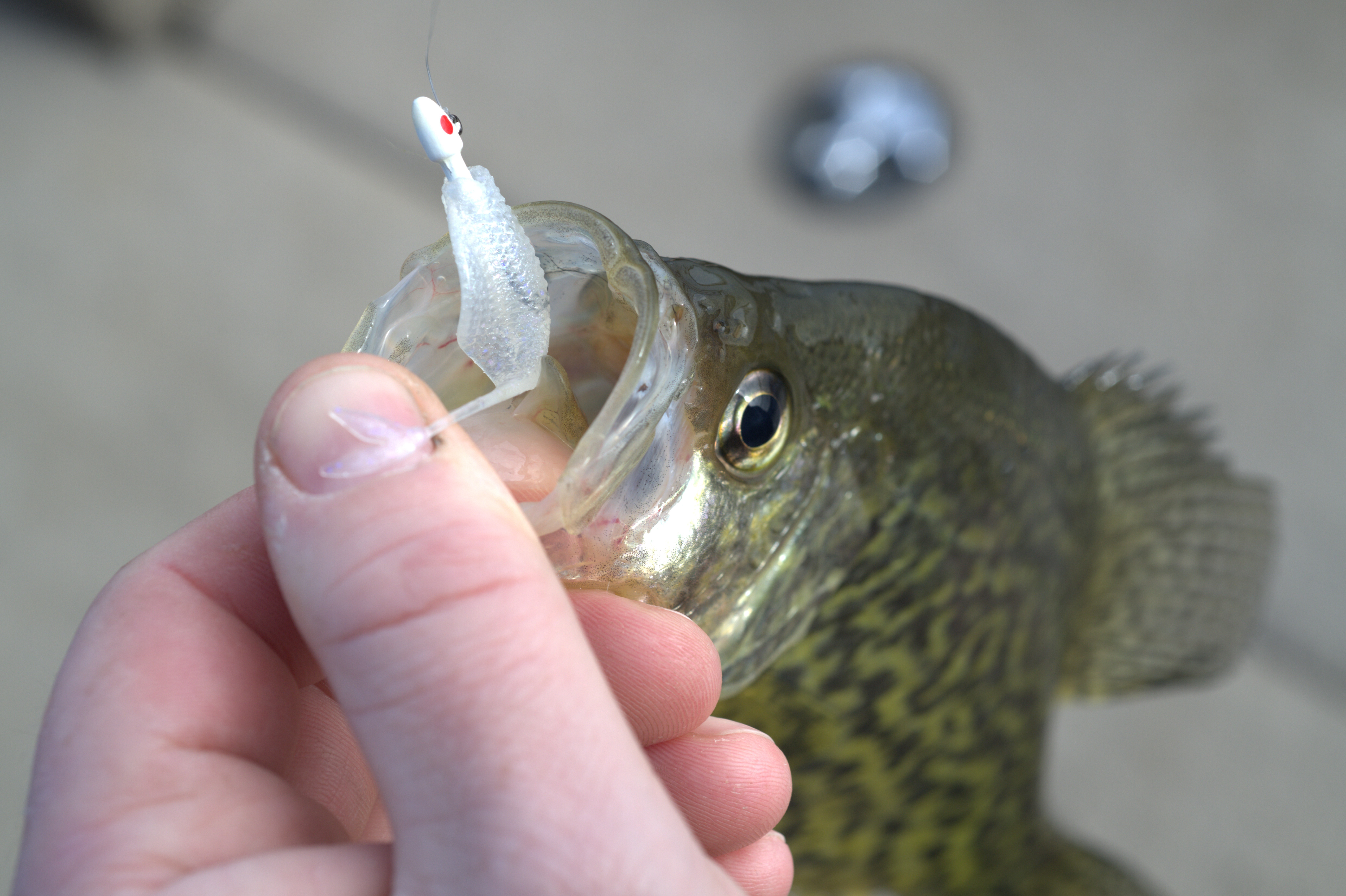
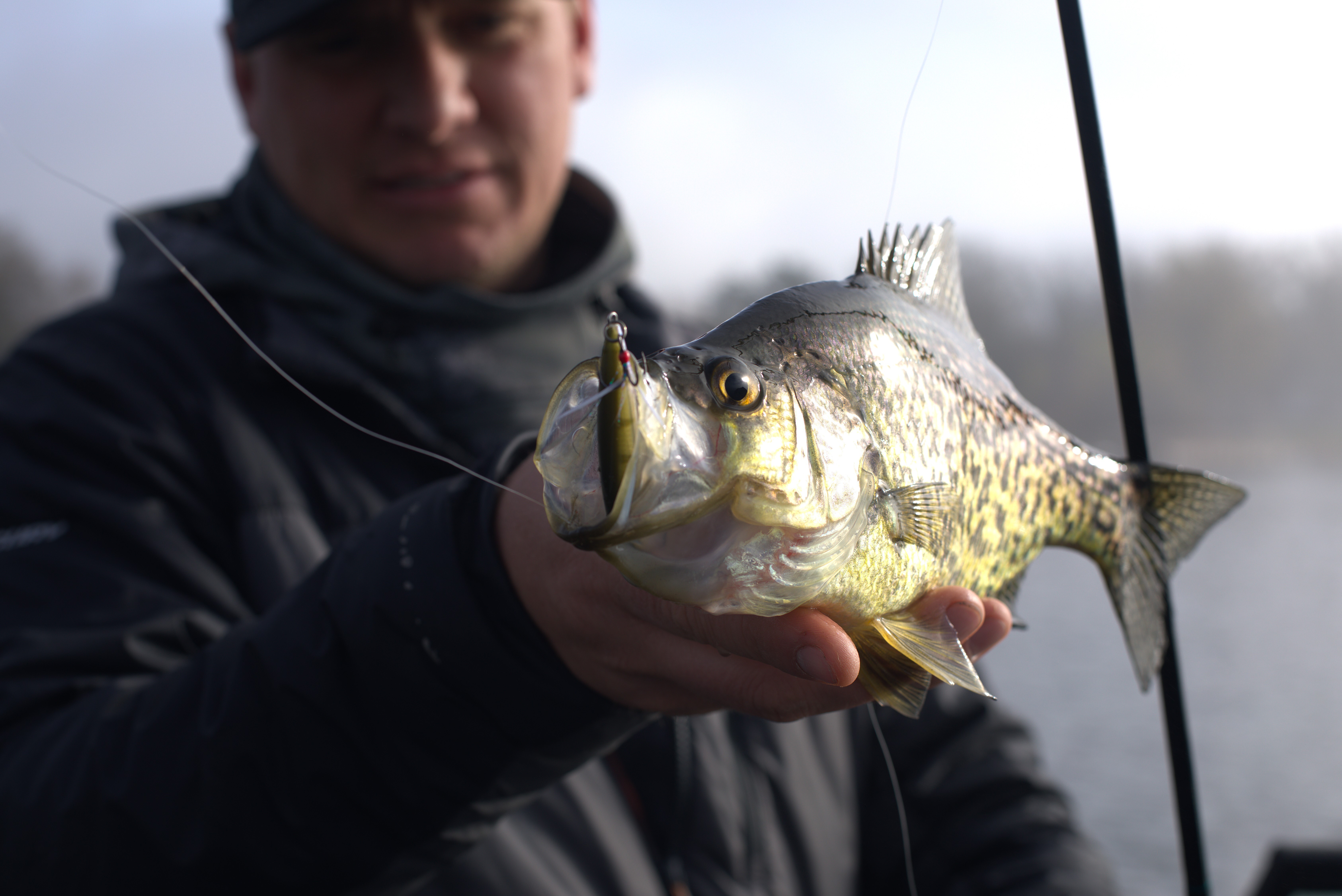
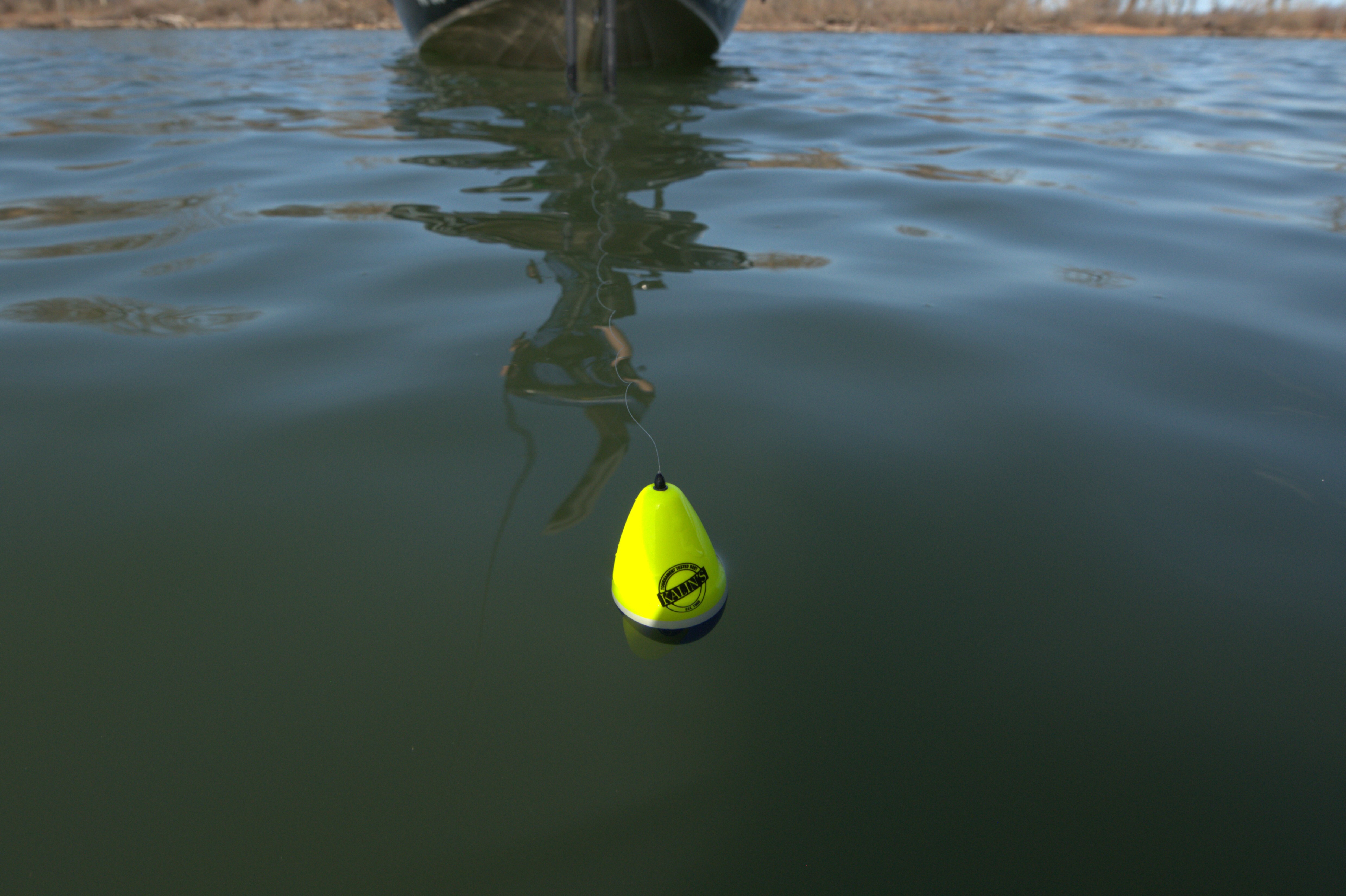
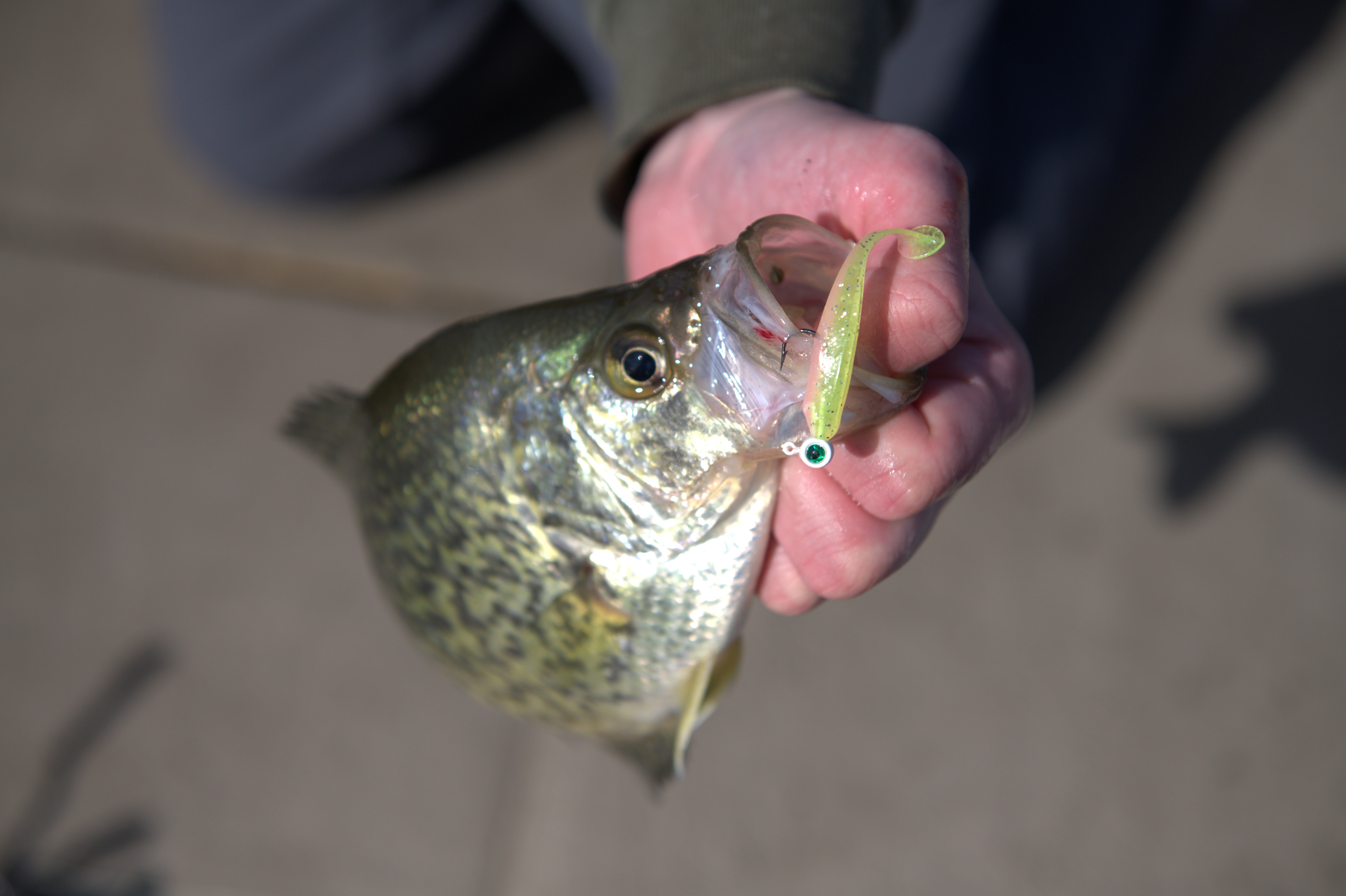
Tips for Beginners
Conclusion
Shop Crappie Fishing Gear

